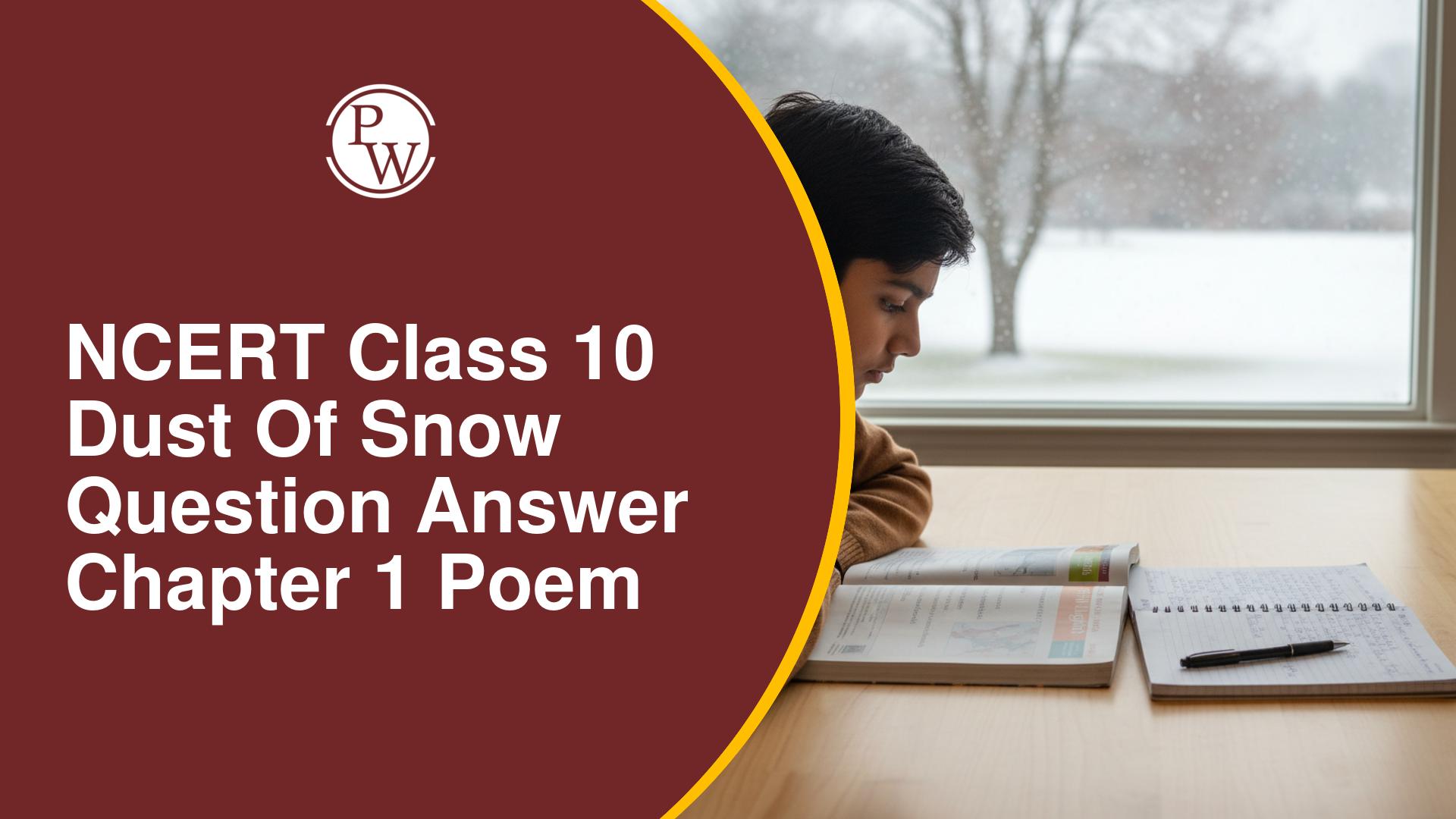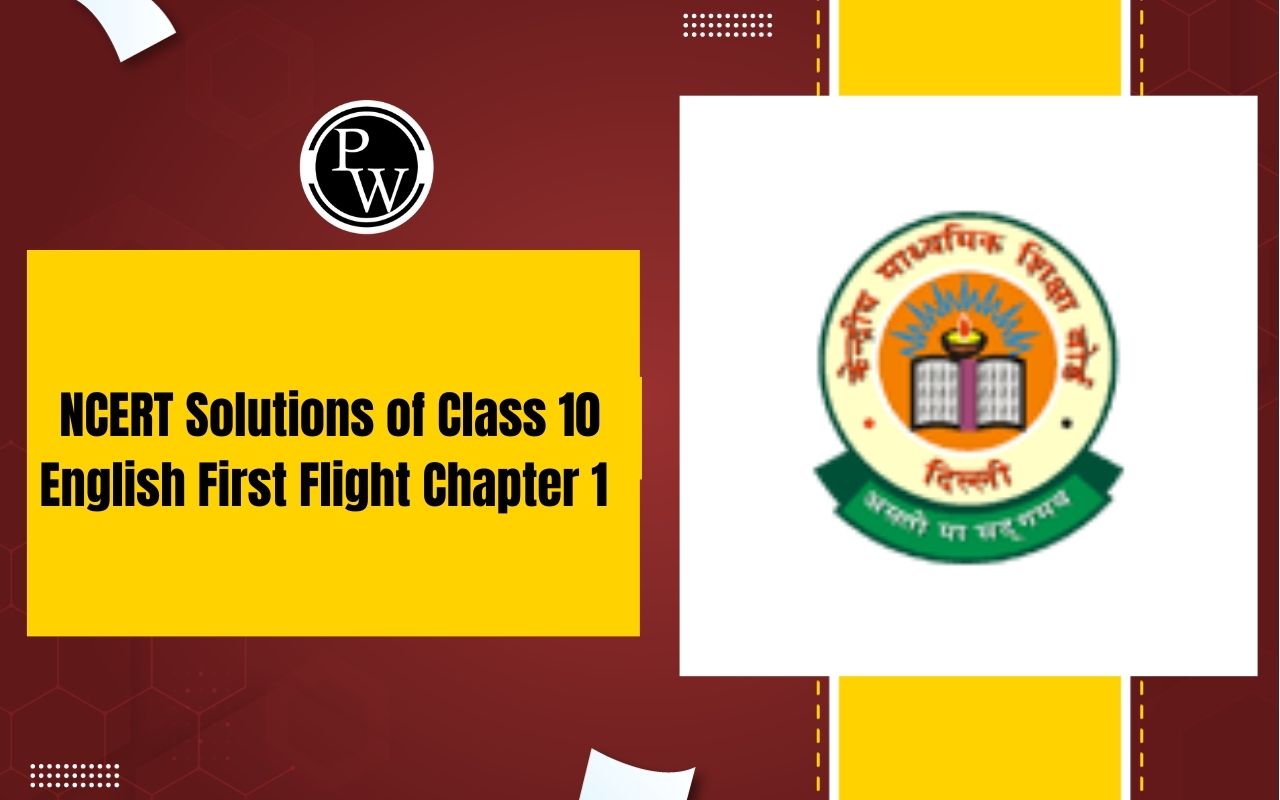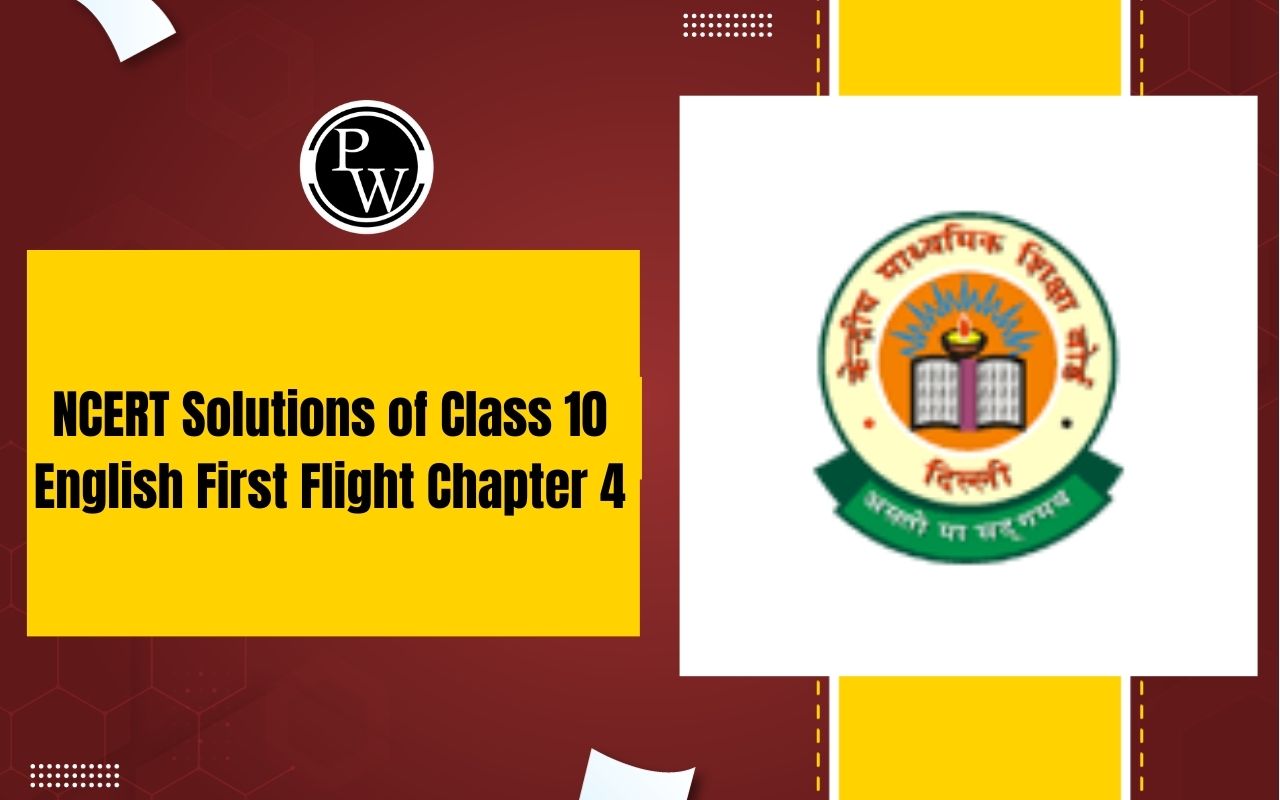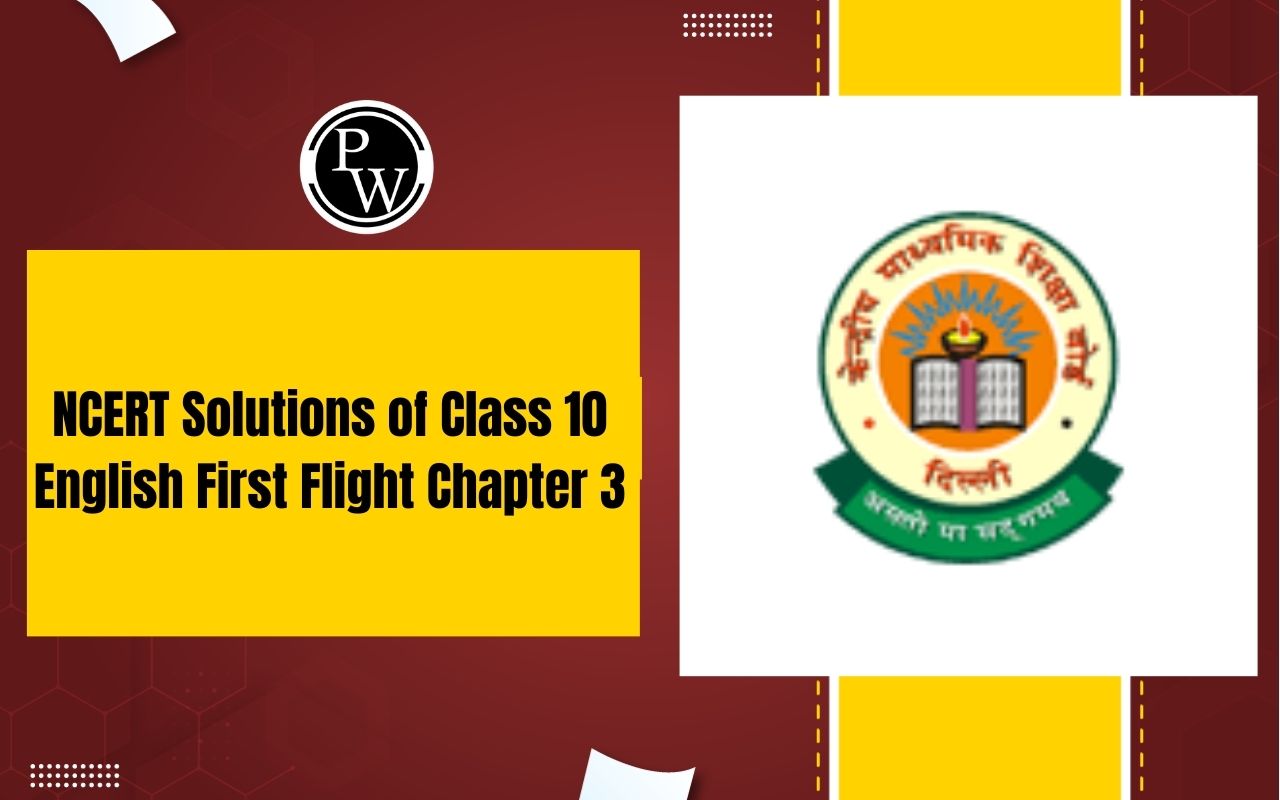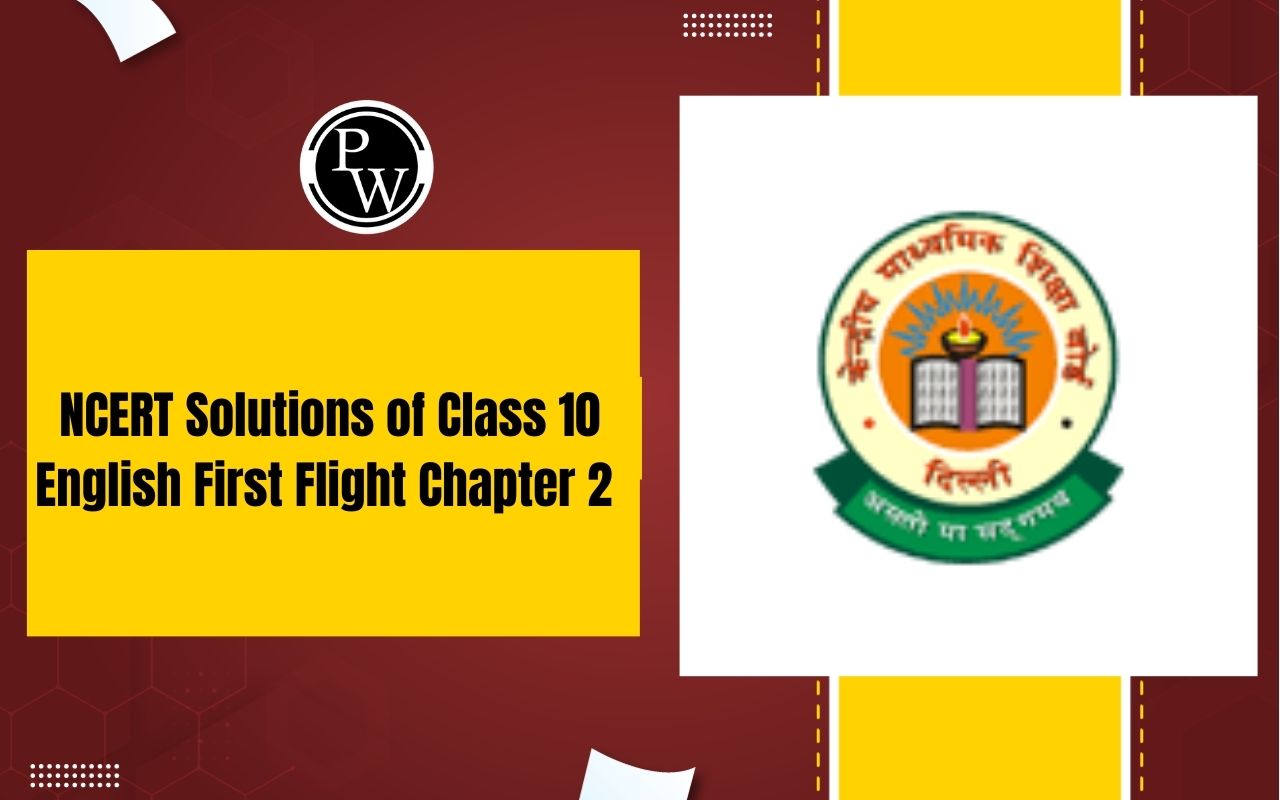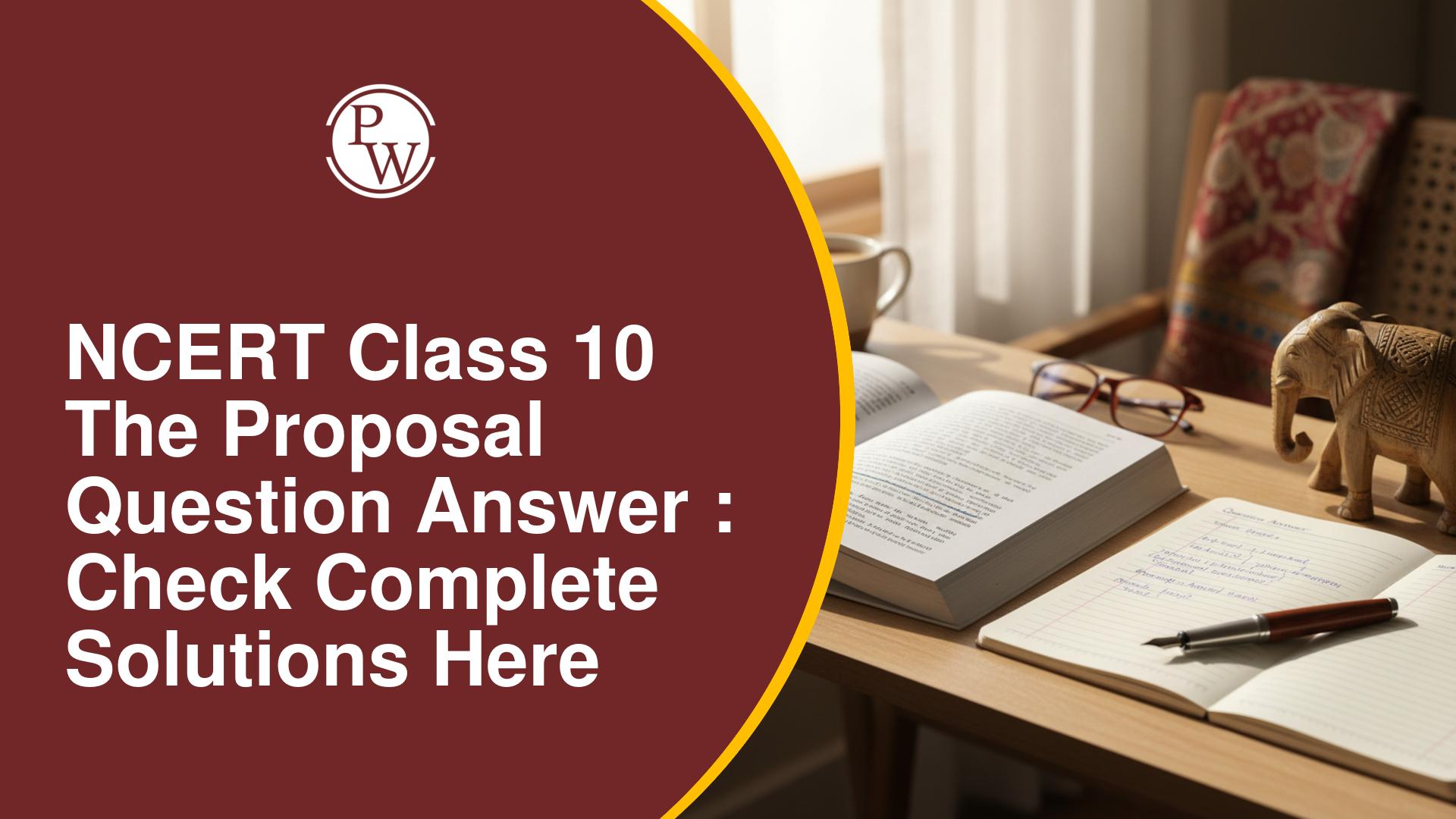
Important Questions for Class 10 Maths Chapter 14: These Important Questions For Class 10 Maths Chapter 14 were made by following the most recent exam pattern, which is based on CBSE board sample papers. To earn full marks for the questions from this chapter, students can practise these Statistics questions in preparation for the CBSE class 10 board exams in 2022–2023.
From the standpoint of the exam, Important Questions For Class 10 Maths Chapter 14 is crucial for students. The majority of the exam's lengthy answer questions will be drawn from this chapter. Students can also consult the solutions that our knowledgeable instructors have prepared. Students will extensively review Chapter 14 of Class 10 Maths: Statistics by tackling these Important Questions, and they will also become well-versed in the questions that will be asked in the math paper.Important Questions for Class 10 Maths Chapter 14 Overview
In Chapter 14 of Class 10 Mathematics, there are some really important questions to focus on. To optimize preparation for this chapter, it’s highly recommended to download and solve the Class 10 Maths Chapter 14 Important Questions. The set of Important Questions for Class 10 Maths Chapter 14 has been created to encompass a diverse range of scenarios, ensuring comprehensive coverage of the chapter. By engaging with these questions, students can fortify their conceptual understanding, refine their problem-solving skills, and gain familiarity with the exam pattern.Important Questions for Class 10 Maths Chapter 14 Statistics
Short Answer Type Questions
Below we have provided Important Questions For Class 10 Maths Chapter 14 to help students understand the concepts of the chapter better.Q.1. Find the mean of the 32 numbers, such that if the mean of 10 of them is 15 and the mean of 20 of them is 11. The last two numbers are 10.
Solution: The given mean of 10 numbers = 15
So, Mean of 10 numbers = sum of observations/ no. of observations 15 = sum of observations / 10 Sum of observations of 10 numbers = 150 Similarly, Mean of 20 numbers = sum of observations/ no. of observations 11 = sum of observations / 20 Sum of observations of 20 numbers = 220 Hence, Mean of 32 numbers = (sum 10 numbers + sum of 20 numbers + sum of last two numbers)/ no. of observations Mean of 32 numbers = (150 + 220 + 20 ) / 32 = 390 /32 = 12.188Q.2. Find the mean of the first 10 natural numbers.
Solution: The first 10 natural numbers are 1, 2, 3, 4, 5, 6, 7, 8, 9, 10
Mean = (1 + 2 +3 + 4 + 5 + 6 + 7 + 8 + 9 + 10) / 10 = 55/10 = 5.5Q.3 . Find the value of y from the following observations if these are already arranged in ascending order. The Median is 63.
20, 24, 42, y, y + 2, 73, 75, 80, 99Solution:
As the number of observations made is odd, so the median will be the middle term, i.e. y + 2. Therefore, y + 2 = 63 y = 63 – 2 = 61Q.4. While checking the value of 20 observations, it was noted that 125 was wrongly noted as 25 while calculating the mean and then the mean was 60. Find the correct mean.
Solution:
Let y be the sum of observation of 19 (20 – 1) numbers leaving 125. So, y + 25 = 20 × 60 = 1200 {Mean = (sum of observations/ no. of observations)} As we know, x + 25 = 20 × 60 = 1200 Also x + 125 = 20 × y = 20y Next, Subtract 125 − 25 = 20y − 1200 20y = 1300 y = 65Q.5. Find the mode of the following items.
0, 5, 5, 1, 6, 4, 3, 0, 2, 5, 5, 6
Solution: On arranging the items in ascending order, we get:
0, 0, 1, 2, 3, 4, 5, 5, 5, 5, 6, 6 As we can see 5 occurs the maximum number of times. Therefore, the mode of the given items = 5Q.6. A student scored the following marks in 6 subjects:
30, 19, 25, 30, 27, 30
Find his modal score.
Solution: If we arrange his marks in ascending order
19, 25, 27, 30, 30, 30 As we can see, 30 occurs a maximum number of times. Therefore, the modal score of the student = 30Q.7.The daily minimum steps climbed by a man during a week were as under:
| Days | Steps |
| Monday | 35 |
| Tuesday | 30 |
| Wednesday | 27 |
| Thursday | 32 |
| Friday | 23 |
| Saturday | 28 |
Find the mean of the steps.
Solution: Number of steps climbed in a week: 35, 30, 27, 32, 23, 28.
So, we get, Mean = sum of observation (steps) / total no of observations = (35 + 30 + 27 + 32 + 23 + 28) / 6 = 175/6 = 29.17Q. 8. If the mean of 4 numbers, 2,6,7 and a is 15 and also the mean of other 5 numbers, 6, 18, 1, a, b is 50. What is the value of b?
Solution:
Mean = sum of observations / no. of observations 15 = (2 + 6 + 7 +a)/4 15 = (15 + a) / 4 15 x 4 = 15 + a 60 – 15 = a a = 45 Similarly, Mean = sum of observations / no. of observations 50 = (18 + 6 + 1 +a + b)/5 50 = (18 + 6 + 1 +45 + b)/5 50 = (70 + b)/5 250 = 70 + b b = 250 – 70 = 180 So, The value of b = 180. Q.9: If the mean of first n natural numbers is 15, then find n. Solution: We know that the sum of first n natural numbers = n(n + 1)/2 Mean of the first n natural numbers = Sum of first n natural numbers/n = [n(n + 1)/2]/ n = (n + 1)/2 According to the given, (n + 1)/2 = 15 n + 1 = 30 n = 29 Q.10: Construct the cumulative frequency distribution of the following distribution:| Class | Frequency |
| 12.5 – 17.5 | 2 |
| 17.5 – 22.5 | 22 |
| 22.5 – 27.5 | 19 |
| 27.5 – 32.5 | 14 |
| 32.5 – 37.5 | 13 |
| Class | Frequency | Cumulative frequency |
| 12.5 – 17.5 | 2 | 2 |
| 17.5 – 22.5 | 22 | 24 |
| 22.5 – 27.5 | 19 | 43 |
| 27.5 – 32.5 | 14 | 57 |
| 32.5 – 37.5 | 13 | 70 |
Long Answer Type Questions
Below we have provided Important Questions For Class 10 Maths Chapter 14 to help students understand the concepts of the chapter better. Students are advised to practice these Important Questions For Class 10 Maths Chapter 14 statistics to ace their math exam.Q. 1: Consider the following distribution of daily wages of 50 workers of a factory.
| Daily wages (in Rs.) | 100-120 | 120-140 | 140-160 | 160-180 | 180-200 |
| Number of workers | 12 | 14 | 8 | 6 | 10 |
Find the mean daily wages of the workers of the factory by using an appropriate method.
Solution:
Find the midpoint of the given interval using the formula. Midpoint (x i ) = (upper limit + lower limit)/2 In this case, the value of mid-point (x i ) is very large, so let us assume the mean value, A = 150 and class interval is h = 20. So, u i = (x i – A)/h = u i = (x i – 150)/20 Substitute and find the values as follows:|
Daily wages
(Class interval) |
Number of workers
frequency (fi) |
Mid-point (xi) | ui = (xi – 150)/20 | fiui |
| 100-120 | 12 | 110 | -2 | -24 |
| 120-140 | 14 | 130 | -1 | -14 |
| 140-160 | 8 | 150 | 0 | 0 |
| 160-180 | 6 | 170 | 1 | 6 |
| 180-200 | 10 | 190 | 2 | 20 |
| Total | Sum fi = 50 | Sum fiui = -12 |
Q.2: Thirty women were examined in a hospital by a doctor and the number of heartbeats per minute was recorded and summarised as follows. Find the mean heartbeats per minute for these women, choosing a suitable method.
| Number of heart beats per minute | 65-68 | 68-71 | 71-74 | 74-77 | 77-80 | 80-83 | 83-86 |
| Number of women | 2 | 4 | 3 | 8 | 7 | 4 | 2 |
Solution:
From the given data, let us assume the mean as A = 75.5 x i = (Upper limit + Lower limit)/2 Class size (h) = 3 Now, find the u i and f i u i as follows:| Class Interval | Number of women (f i ) | Mid-point (x i ) | u i = (x i – 75.5)/h | f i u i |
| 65-68 | 2 | 66.5 | -3 | -6 |
| 68-71 | 4 | 69.5 | -2 | -8 |
| 71-74 | 3 | 72.5 | -1 | -3 |
| 74-77 | 8 | 75.5 | 0 | 0 |
| 77-80 | 7 | 78.5 | 1 | 7 |
| 80-83 | 4 | 81.5 | 2 | 8 |
| 83-86 | 2 | 84.5 | 3 | 6 |
| Sum fi= 30 | Sum fiui = 4 |
Q. 3: The following data gives the distribution of the total monthly household expenditure of 200 families of a village. Find the modal monthly expenditure of the families. Also, find the mean monthly expenditure :
| Expenditure | Number of families |
| 1000-1500 | 24 |
| 1500-2000 | 40 |
| 2000-2500 | 33 |
| 2500-3000 | 28 |
| 3000-3500 | 30 |
| 3500-4000 | 22 |
| 4000-4500 | 16 |
| 4500-5000 | 7 |
Solution:
From the given data: Modal class = 1500-2000 l = 1500 Frequencies: f m = 40 f 1 = 24, f< = 33 and h = 500 Mode formula: Substitute the values in the formula, we get;| Class Interval | f i | x i | d i = x i – a | u i = d i /h | f i u i |
| 1000-1500 | 24 | 1250 | -1500 | -3 | -72 |
| 1500-2000 | 40 | 1750 | -1000 | -2 | -80 |
| 2000-2500 | 33 | 2250 | -500 | -1 | -33 |
| 2500-3000 | 28 | 2750 | 0 | 0 | 0 |
| 3000-3500 | 30 | 3250 | 500 | 1 | 30 |
| 3500-4000 | 22 | 3750 | 1000 | 2 | 44 |
| 4000-4500 | 16 | 4250 | 1500 | 3 | 48 |
| 4500-5000 | 7 | 4750 | 2000 | 4 | 28 |
| fi = 200 | fiui = -35 |
Q. 4: A student noted the number of cars passing through a spot on a road for 100 periods each of 3 minutes and summarised it in the table given below. Find the mode of the data:
| Number of cars | Frequency |
| 0-10 | 7 |
| 10-20 | 14 |
| 20-30 | 13 |
| 30-40 | 12 |
| 40-50 | 20 |
| 50-60 | 11 |
| 60-70 | 15 |
| 70-80 | 8 |
Solution:
From the given data: Modal class = 40 – 50, l = 40, class width (h) = 10, f m = 20, f 1 = 12 and f 2 = 11 Substitute the valuesQ. 5: An aircraft has 120 passenger seats. The number of seats occupied during 100 flights are given in the following table :
| Number of seats | 100-104 | 104-108 | 108-112 | 112-116 | 116-200 |
| Frequency | 15 | 20 | 32 | 18 | 15 |
Determine the mean number of seats occupied over the flights.
Solution:
| Class Interval | Class Marks (xi) | Frequency (fi) | Deviation (di = xi – a) | fidi |
| 100 – 104 | 102 | 15 | – 8 | – 120 |
| 104 – 108 | 106 | 20 | – 4 | – 80 |
| 108 – 112 | 110 | 32 | 0 | 0 |
| 112 – 116 | 114 | 18 | 4 | 72 |
| 116 – 120 | 118 | 15 | 8 | 120 |
| N = Σfi = 100 | Σfidi = – 8 |
Benefits of Practicing Important Questions for Class 10 Maths Chapter 14
Increased Confidence:
- As students solve these questions, their confidence in their mathematical abilities grows, boosting their overall performance in mathematics.
Comprehensive Revision:
- The variety of subjects covered in the questions enables students to review and solidify their comprehension of the chapter’s most important ideas.
- Thorough revision via critical inquiry contributes to the strengthening of the knowledge base.
Exam Preparation:
- With these crucial questions that are made to fit the format of the test, students can study for their Class 10 Maths exams in a focused and efficient manner.
- Students get familiar with the kinds of issues that are probably going to be on the test by practicing these questions.
Self-Assessment:
- With the help of the offered solutions, students can evaluate their own responses, pinpoint areas for development, and correct errors.
- Frequent self-evaluation fosters ongoing learning and development as well as a sense of accountability.
Important Questions For Class 10 Maths Chapter 14 FAQs
How many methods are there in statistics class 10?
What is the basic concept of statistics class 10?
What are the uses of statistics class 10?



